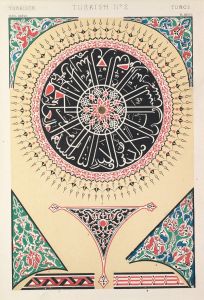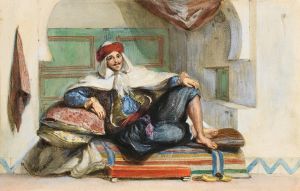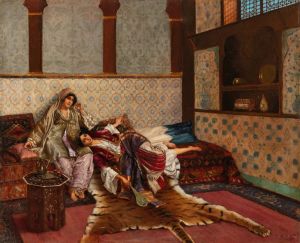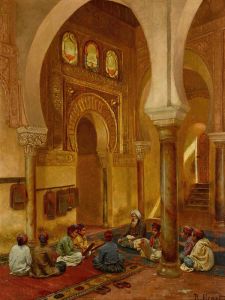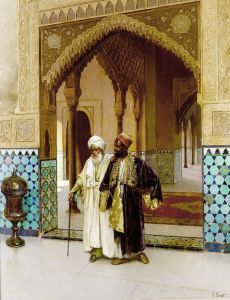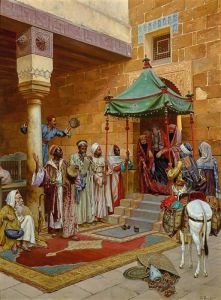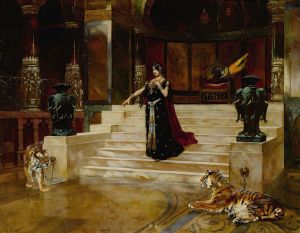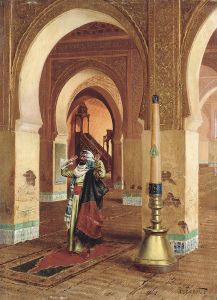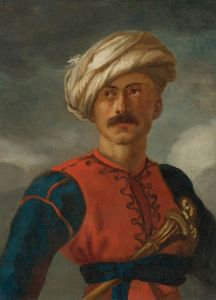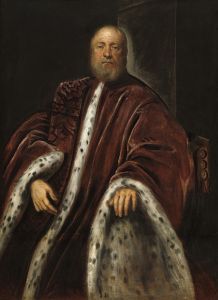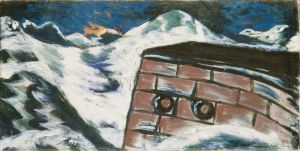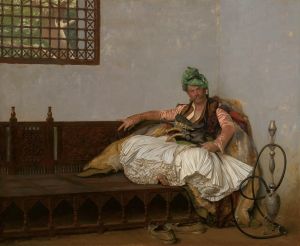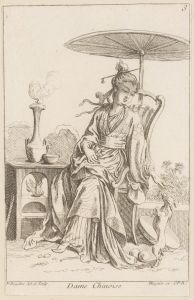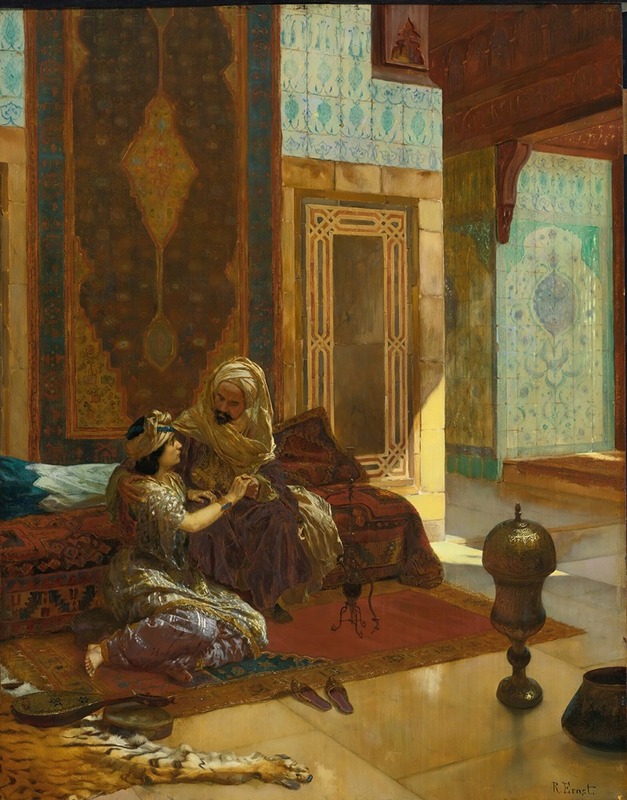
La Favorite
A hand-painted replica of Rudolf Ernst’s masterpiece La Favorite, meticulously crafted by professional artists to capture the true essence of the original. Each piece is created with museum-quality canvas and rare mineral pigments, carefully painted by experienced artists with delicate brushstrokes and rich, layered colors to perfectly recreate the texture of the original artwork. Unlike machine-printed reproductions, this hand-painted version brings the painting to life, infused with the artist’s emotions and skill in every stroke. Whether for personal collection or home decoration, it instantly elevates the artistic atmosphere of any space.
Rudolf Ernst was an Austrian painter known for his Orientalist works, which often depicted scenes inspired by the cultures and aesthetics of the Middle East and North Africa. Born in Vienna in 1854, Ernst was part of a movement of European artists who were fascinated by the exoticism and allure of the Orient, a term used at the time to describe the regions of the Middle East, North Africa, and parts of Asia. His works are characterized by their meticulous attention to detail, vibrant colors, and romanticized portrayals of Eastern life.
One of Ernst's notable works is "La Favorite," a painting that exemplifies his style and thematic focus. While specific details about "La Favorite" are limited, it is consistent with Ernst's broader oeuvre, which often features opulent interiors, richly dressed figures, and an emphasis on decorative elements. Ernst's paintings typically reflect a fascination with the luxurious and the ornate, capturing the textures and patterns of fabrics, tiles, and other intricate details with great precision.
Ernst's training began at the Academy of Fine Arts in Vienna, where he developed his skills in painting and drawing. He later moved to Paris, which was a hub for artists and intellectuals during the late 19th century. In Paris, Ernst became associated with other Orientalist painters and was influenced by the works of Jean-Léon Gérôme, a leading figure in the Orientalist movement. This influence is evident in Ernst's work, which shares Gérôme's interest in historical accuracy and detailed representation.
The Orientalist movement, of which Ernst was a part, emerged during a time of increased European interest in the cultures of the East. This interest was fueled by colonial expansion, travel, and the publication of travelogues and literature that romanticized Eastern societies. Artists like Ernst sought to capture the perceived exoticism and mystery of these regions, often through idealized and imaginative compositions.
"La Favorite," like many of Ernst's paintings, would likely have been created with a European audience in mind, appealing to their curiosity and fascination with the Orient. The painting's title suggests a focus on a favored individual, possibly within a harem or royal court, a common theme in Orientalist art. Such depictions often emphasized beauty, luxury, and the allure of the unknown, aligning with the tastes and expectations of Western viewers at the time.
Rudolf Ernst's work, including "La Favorite," remains a subject of interest for art historians and collectors. His paintings are appreciated for their technical skill and the way they capture the spirit of the Orientalist movement. However, contemporary perspectives also critique Orientalist art for its stereotypical and often inaccurate portrayals of Eastern cultures, highlighting the complex legacy of this artistic genre.
In summary, "La Favorite" by Rudolf Ernst is a reflection of the Orientalist fascination with the East, characterized by detailed and romanticized imagery. While specific information about this particular painting is limited, it fits within the broader context of Ernst's work and the Orientalist movement of the 19th century.





